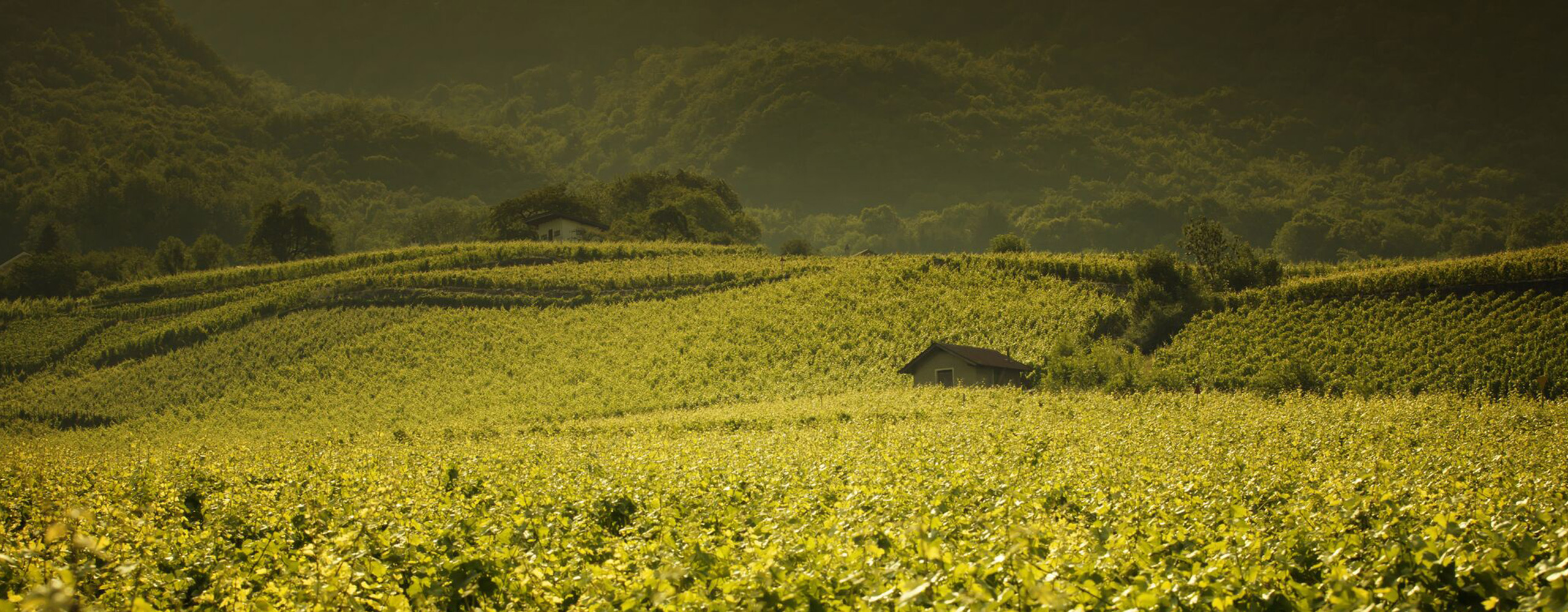
Pretty in Pink: What is Rosé Wine?
It's hot out and it's time to #RoseAllDay by the pool ... So how do you choose the best pink wine to pour? Here's a brief overview and rundown of some classics to get you started.
France: A Pink Paradise

Provence
As one of the premier rosé-producing regions in the world–and one of the most beautiful–Provence has mastered the art of producing dry, elegant, pale rosé that conjures images of lounging by the sea in St. Tropez. Provence rosé uses the typical red varieties of the region, including Grenache, Cinsault and Syrah. It is also common practice to add a small percentage of white grapes to the blend. Rolle, otherwise known as Vermentino in Italy, is the most popular, as its addition adds a rich texture to the tart fruit and zippy acidity.
How to enjoy rosé from Provence
Provence rosé delivers the perfect balance one seeks in a rosé – delicate and refreshing, but also fruity and textured. The hue hovers on the lighter side, ranging from pale peach to a light rose. Rose from Provence is perfect by the pool, at the beach or at a barbecue. If you have not yet jumped on the rosé bandwagon, Provence is the place to start!
Tavel
Rosé is not an afterthought in Tavel, it is the region’s pride and joy, and they take it very seriously. Tavel is the only appellation in the world that exclusively produces rosé wine. It also stands out on the shelf. There are a few dead giveaways in recognizing a bottle of Tavel: the flute shaped bottle, similar to those of Alsace and Germany, the embossed Tavel crest and the rich, pink hue.
How to enjoy rosé from Tavel
Tavel rosé represents the fuller-bodied style of rosé, with complex aromas, including an array of red summer fruits, rose petals and spice, and a unique texture. While Tavel rosé is certainly delicious on its own, it's also super friendly with rich foods– think Mediterranean-style plates of olives and hummus, cheese and salads. When you want something a bit lighter than red, but something complex and textured, break out a bottle of Tavel!
Shop French Rosé.
Italy: Another world to discover
Like its reds, Italian rosés come in all styles from light and dry wines, to aromatic and spicy or round and fruity wines. Here they don’t call it rosé, however, but instead, rosato (or rosati, if plural). Tuscany, not merely a land of Sangiovese-based red wine, produces delicious rosati based on the same grape. Reminiscent of rose petal and white pepper aromas, they boast a fresh, citrusy, strawberry-tinged palate. Piedmont creates light and dry rosati based on Nebbiolo; these tend to be crisp and bright with palates dominated by watermelon, rhubarb and cranberry. Veneto boasts a unique pink wine called Chiaretto (named after the Italian word, chiaro, meaning pale or clear). Chiaretto rosati wines have a citrusy, wild berry and floral fragrance and are icons of fresh and mouth-watering. Look to regions like Alto Adige, Sicily, Umbria and Abruzzo for a seemingly endless world of other styles!
How to enjoy rosé from Italy
Rosé wines from Italy make perfect starter wines, to be enjoyed with charcuterie, or even with grilled seafood or spicy dishes.
Discover Italian Rosato.
Spain: All styles considered

Traditionally Spanish rosés were most made in a deeper style, somewhere between a red and rosé. But today “rosado” in most regions is made using either a very short maceration period or direct press method, in which red grapes are pressed quickly to extract very little color. The darker style is typically based on Tempranillo blended with other red varieties, like Garnacha or Cabernet Sauvignon, and even whites like Viura. Interestingly, the Spanish age these for a few months in larger or neutral barrels before bottling. Navarra is the only DO that specifically defines how its rosés must be made. What the French call saignée, the Spanish call, sangrado, or “bleeding off” the must once it reaches the color desired. This produces neither a rich hue nor a pale style but instead a mid-hued rosé. Merlot is popular for this style but both indigenous or international varieties can be used. Paler more Provencal styles are in fashion in many regions and can be made with a quick direct pressing of a wide range of grape varieties from Tempranillo to Garnacha to Mazuelo.
How to enjoy rosé from Spain
Long summer days are just the perfect for enjoying Spanish rosado—whether you have an afternoon at the lake or an evening barbecue, these will fit in perfectly. Think lamb kabobs and tzatziki and grilled vegetables, or even plan a leisurely evening of tapas with sautéed shrimp and spicy empanadas! When long days again shorten, a Spanish rosado is a great go-to as you transition to the cooler days of fall too!
Explore Spanish Rosado.
Other Worldly Rosé
Reveal them all!
Wondering how rosé wine is made? For all the details, check out our article, How is Rosé made?